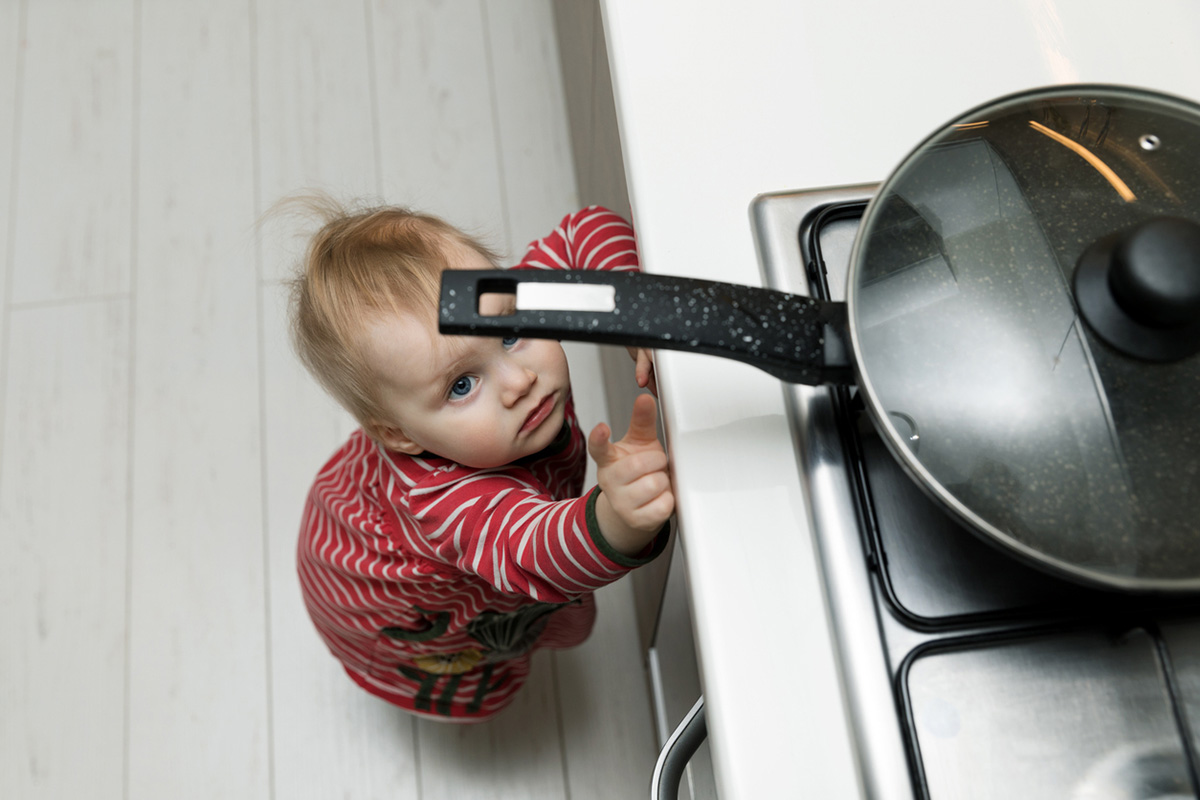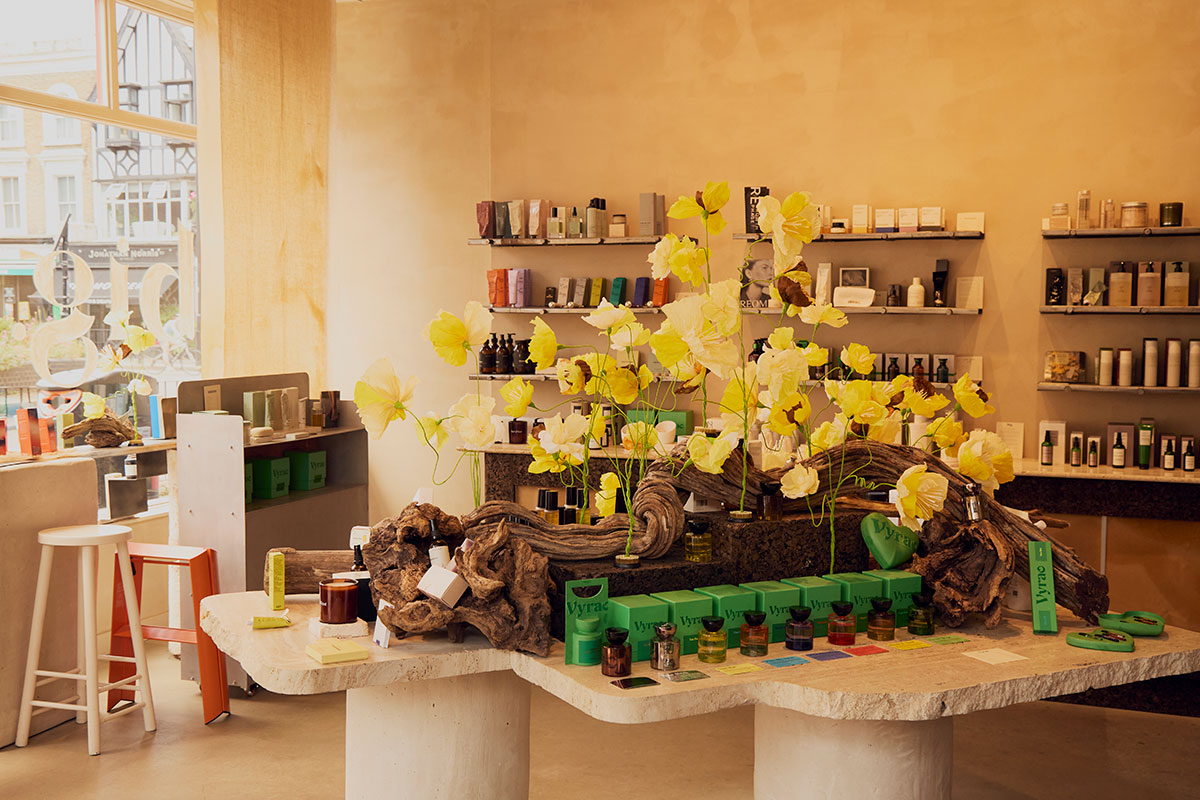Creating a secure home environment for children involves more than installing a few safety gates, and it needs thoughtful assessment of potential hazards, strategic modifications to living spaces, and ongoing vigilance as youngsters grow and develop new capabilities. A good approach to home safety protects children whilst allowing them the freedom to explore, play, and learn within secure boundaries.
- Understanding Common Household Risks for Children
Homes contain numerous hazards that adults go through instinctively but pose genuine dangers to curious, developing children. Slippery bathroom floors, unsecured bookcases that can topple when climbed, sharp furniture corners at head height for toddlers, and accessible cleaning products are all everyday risks. According to the Royal Society for the Prevention of Accidents, accidents in the home are the leading cause of preventable injury and death among children under five in the UK, with falls being the most common type of incident. Stairs, windows, and elevated surfaces like changing tables account for many serious injuries. Kitchen dangers include hot oven doors, dangling kettle cables, and accessible drawers containing knives. Understanding that children’s developmental stages bring different risks, such as when babies mouth everything, toddlers climb relentlessly, or older children experiment with boundaries, helps parents anticipate instead of simply reacting to hazards.
- Practical Steps to Childproof Every Room
Systematic room-by-room assessment identifies specific risks and appropriate solutions. In kitchens, fit cupboard locks for cleaning products and sharp objects, turn pan handles inward whilst cooking, and position hot drinks well back from counter edges. Bathrooms require non-slip mats, toilet locks to prevent drowning risks, and locked medicine cabinets. NHS guidance emphasises securing furniture that children might pull down, such as anchoring bookcases, wardrobes, and televisions to walls, to prevent crushing injuries. Living areas benefit from corner protectors on coffee tables, socket covers, and cord tidies that keep blind cords out of reach. Stair gates at both the top and bottom of staircases remain essential until children reliably navigate steps independently. Gardens need secure fencing, covered water features, and locked sheds containing tools or chemicals. Many safety products cost little, like corner protectors, socket covers, and cupboard locks, and represent modest investments delivering significant protection. If accidents do occur despite precautions, understanding options like slip, trip and fall compensation claims helps families address injuries caused by negligence in public spaces.
- Encouraging Safety Awareness as a Family
Physical modifications alone don’t guarantee safety, and teaching children age-appropriate awareness proves just as important. Young children grasp concepts through repetition and gentle explanation: “Hot!” accompanied by a gesture becomes understood even before full language develops. Games that rehearse safety rules, like “show me how you hold the bannister going downstairs”, reinforce habits playfully. Modelling cautious behaviour yourself teaches more effectively than instruction alone; children mimic adult actions constantly. Regular safety audits every few months identify new risks as children’s abilities evolve and what was safely out of reach becomes accessible as they learn to climb. Maintaining working smoke alarms, carbon monoxide detectors, and accessible first aid supplies provides essential backup layers of protection.
Home safety combines thoughtful prevention, strategic modifications, and ongoing education. When understanding common risks, implementing room-specific protections, and promoting family-wide safety consciousness, parents create environments where children explore confidently within secure parameters, supporting healthy development whilst minimising preventable accidents.




